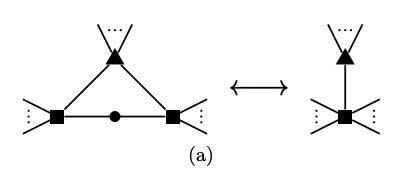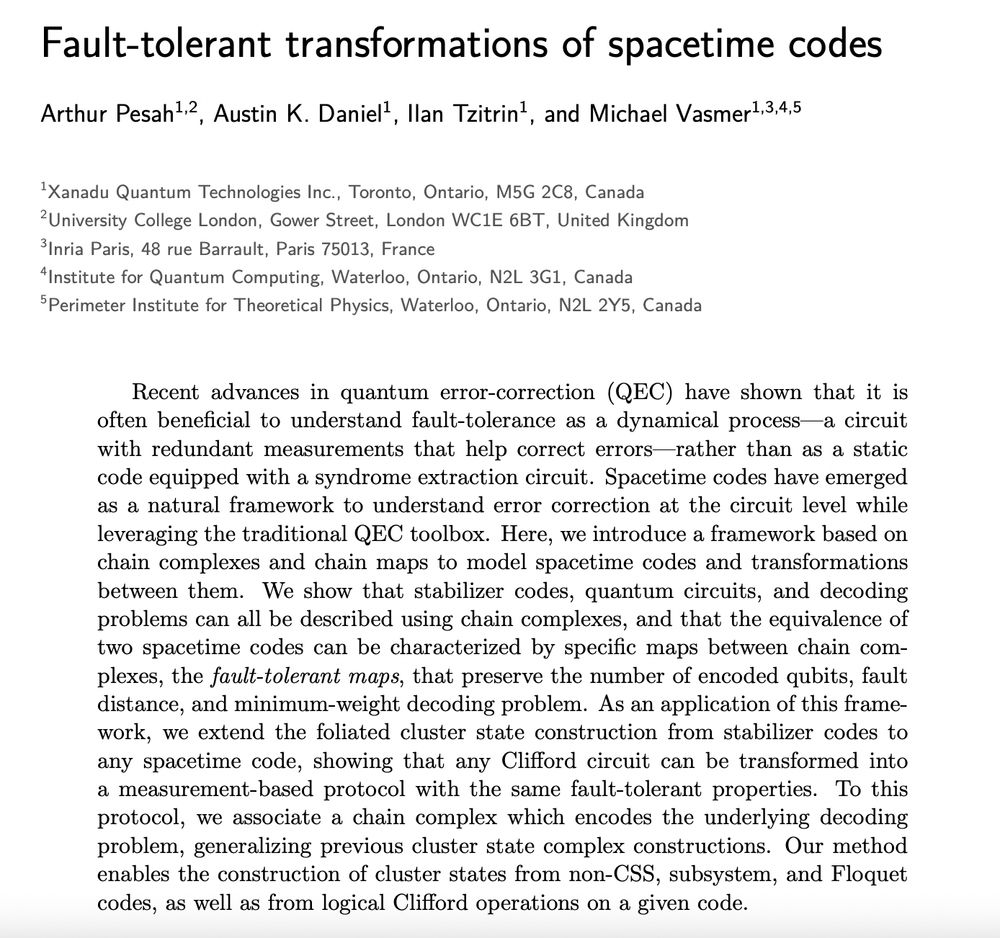And of course, feel free to reach out to me with any question you might have on this paper!

And of course, feel free to reach out to me with any question you might have on this paper!
















Fault-tolerant Transformation of Spacetime Codes, a collaboration w/ @vasmer.bsky.social, Austin Daniel & Ilan Tzitrin, which started during my internship @xanaduai.bsky.social
scirate.com/arxiv/2509.0...
Let's now see if I can summarize 101 pages (🙈) in a few tweets (and memes!)

Fault-tolerant Transformation of Spacetime Codes, a collaboration w/ @vasmer.bsky.social, Austin Daniel & Ilan Tzitrin, which started during my internship @xanaduai.bsky.social
scirate.com/arxiv/2509.0...
Let's now see if I can summarize 101 pages (🙈) in a few tweets (and memes!)

